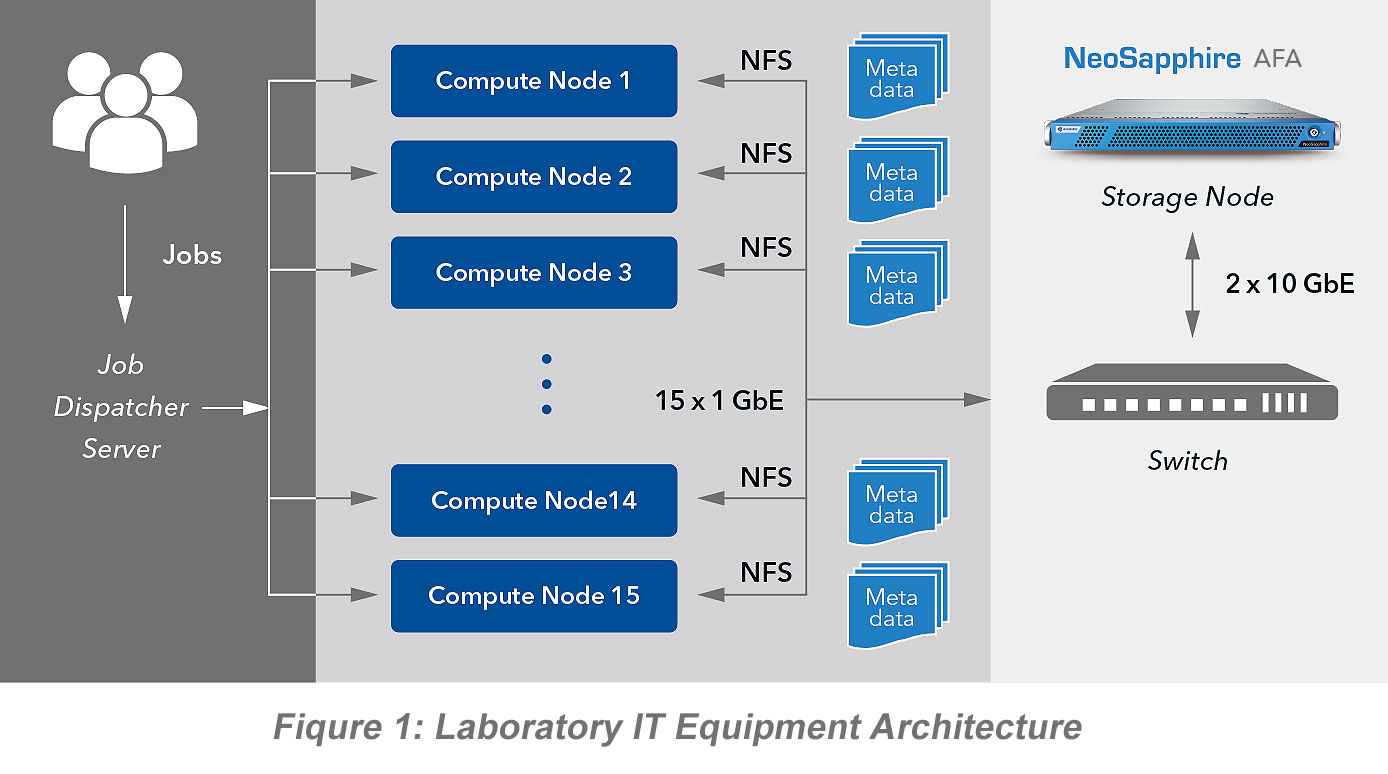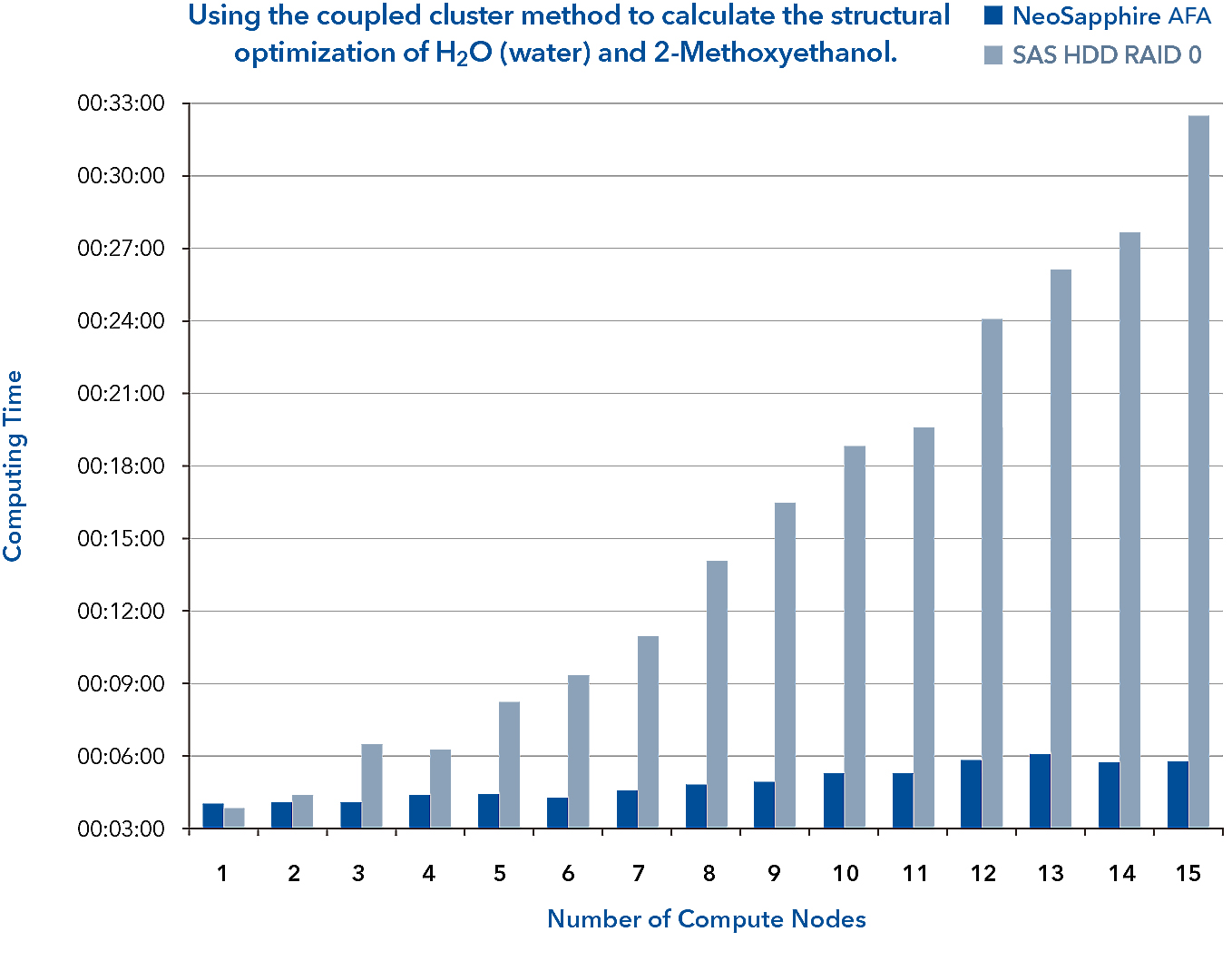Taiwan Chemical Engineering Research Team Uses NeoSapphire™ All-Flash Arrays to Accelerate Parallel Computing Performance and Increase Research Efficiency
• Significantly reduces overall system rollout costs and future operating costs
• Resolves storage device performance bottlenecks, releasing the existing performance of compute nodes
Laboratory IT equipment budgets are extremely limited. Although the cost of using a single all-flash array is relatively high, it can reduce the enormous cost of building compute nodes. It can also significantly reduce future operating costs, including electricity bills. Combined with its reduced computing times, it can assist laboratories in performing more analyses more accurately.
-
Challenges
The Taiwan Chemical Engineering Research Team is one of the leading teams in Taiwan’s academic chemical engineering community. The team must extensively use quantum chemistry and materials science simulation software to research and test various chemical materials. As the complexity of the experiments increases, and due to different researchers needing to share the same IT equipment, it often takes a long time to produce experimental results. The team initially enhanced system computing performance by increasing compute nodes. However, after increasing to 15 compute nodes, there was still an obvious performance bottleneck. -
![2022122603160590]() Solution
SolutionAccelStor realized that the laboratory did not lack computing power; instead, the performance slowdown was in the back-end storage devices after all data had been processed. The traditional hard disk storage devices initially used by the laboratory were built using a SAS HDD RAID 0 configuration. Using an NFS protocol, the laboratory used 15 compute nodes and integrated these with the hard disk storage devices. AccelStor suggested replacing the back-end storage devices with a NeoSapphire™ All-Flash Array(AFA) and adding a 10GbE network switch to increase the data exchange bandwidth. The NeoSapphire AFA is also equipped with AccelStor’s exclusive FlexiRemap software technology, which targets the random write data likely to cause system storage performance bottlenecks and improves performance acceleration operations.
-
![2022121905234865]() Benefits
BenefitsUsing the Gaussian 09 software frequently adopted by the research team, AccelStor applied the coupled cluster method to compare the overall computing time of a traditional hard disk array with the NeoSapphire AFA under the same structural model. The traditional hard disk array required 32 minutes 25 seconds, while the NeoSapphire only needed 5 minutes 47 seconds, making it 5.4 times faster. Using the NeoSapphire to resolve storage bottlenecks in the original architecture enabled the compute node CPU to implement stoichiometry fully.
The AccelStor team also trialed and compared different quantities of compute nodes: When there was only one compute node, the traditional hard disk array’s performance was about the same as that of the NeoSapphire AFA. However, when compute nodes were increased, and their quantity of data also increased, it was obvious that the NeoSapphire AFA could still execute all operations within a certain period, while the traditional hard disk array required significantly more time.





